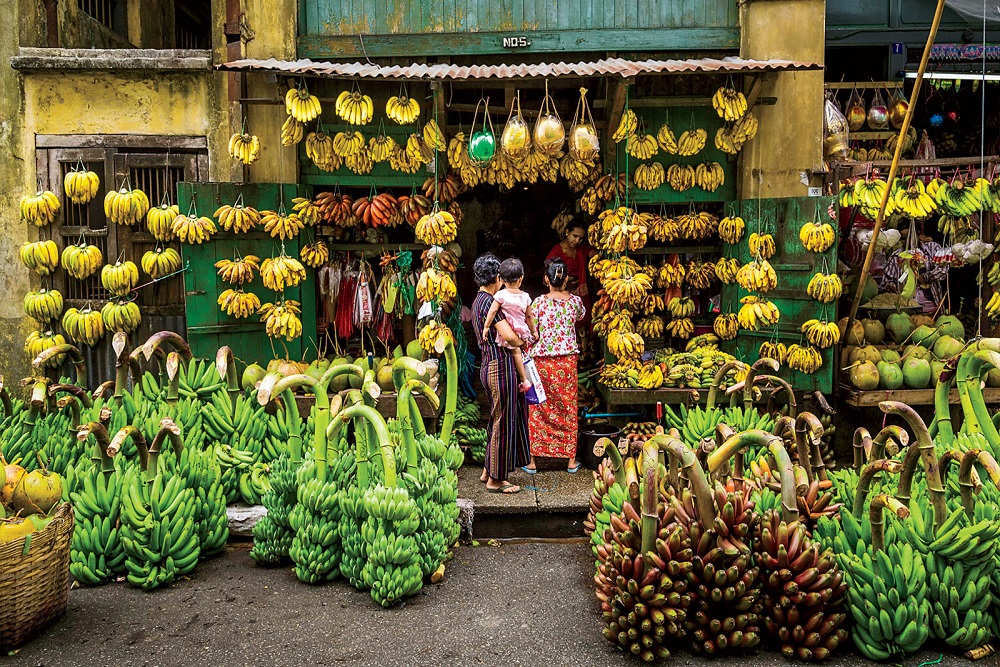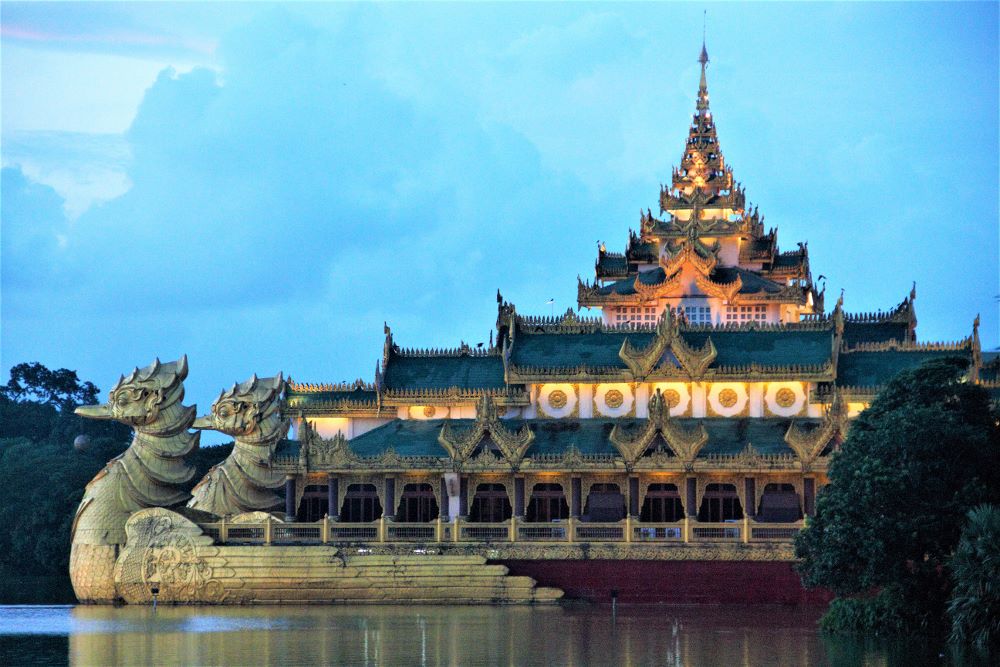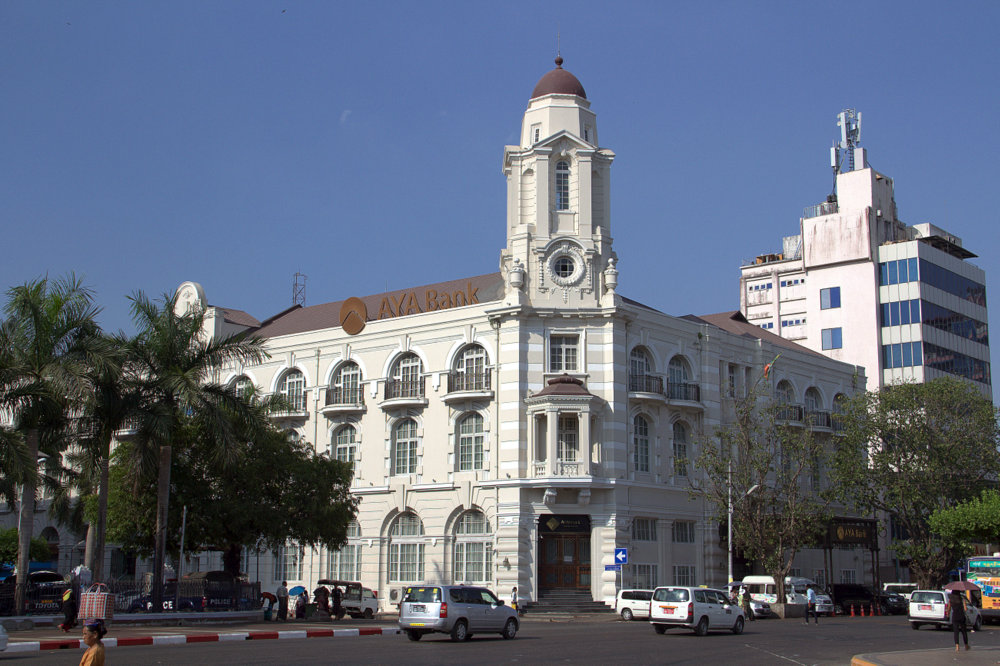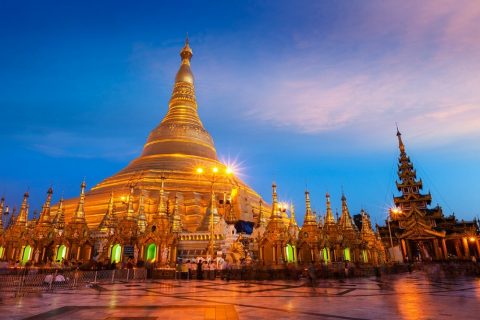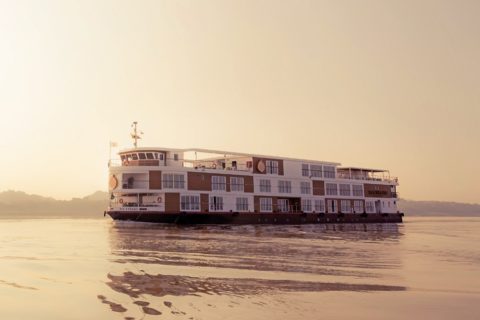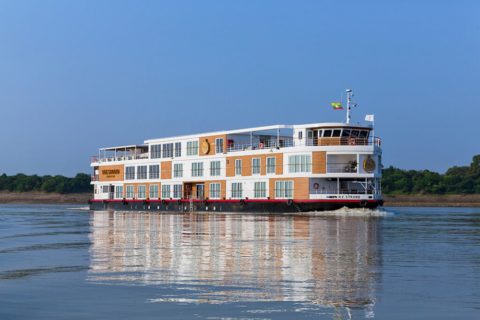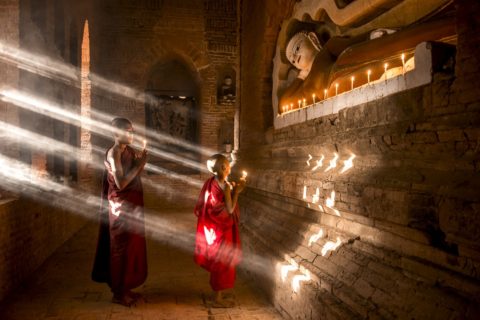YANGON TRAVEL GUIDE
Yangon, or Rangoon, has gone through a few transitions: previously as the capital city of Myanmar, and now as the commercial capital of the country. This cosmopolitan city is the home to different races and religions as extensive as those throughout the country.
The architecture and arrangement of Yangon reflect this diversity, with its temples, mosques, churches, and pagodas dotted all over the city’s rolling hills. The colonial era streets downtown are arranged in a grid pattern with every street a center of specialization for some kind of business or craftsmanship.
It doesn’t matter whether this is your first or 51st visit to Myanmar: you won’t fail to notice the energy, hope and possibilities for the future that hang in the air
Yangon, like many cities located around major waterways in Southeast Asia, emerged into the sights of Europeans through their desire for exotic goods and trade. So while the Europeans raced around the region, competing over the control of trade routes, they also established trading posts, ultimately making their way to Myanmar, or Burma, as it was known then.
The British-controlled East India Trading Company expanded into the Burma trading post, extending their operations into the country and started trading with the Burmese kings. Tensions between the two nations would eventually incite three Anglo-Burmese Wars. It was during the Second Anglo-Burmese War, in 1852, when the British gained control over Southern Burma and declared the trading post its capital, corrupting its name from ‘Yangon’ to ‘Rangoon’. Previously known as ‘Dagon’, the city had changed its name to ‘Yangon’ when King Alaungpaya conquered the area in 1755.
The Third Anglo-Burmese War in 1885 caused the overthrow of King Thibaw in Mandalay and changed the capital for the entire country from Mandalay to Rangoon.
Dr. William Montgomerie designed the city’s grid layout and was executed by Lt. Alexander Fraser from the Bengal Engineers. Many architects were hired to fill in the city plan with the schools, hospitals, banks, and administrative buildings you can still see today.
Looking at present Yangon, it is clear that the colonial times are long gone, but their influence has left behind rich architectural heritage, one that has been lost to “progress” in many other cities in the region. In fact, Yangon contains the largest number of colonial buildings in the Southeast Asian region.
Downtown Yangon has many of the colonial buildings in the city. They’re still used to host state institutions and authorities like government banks, the Port Authority, the High Court, and City Hall. The famous Strand Hotel is also downtown, built by the Sarkies Brothers in 1901. You can still book a room there or visit for high tea and you’ll get a first-hand experience of how life used to be.
Yangon stands out from many regional counterparts because it’s still very much a green city, even after the devastating effects of a cyclone in 2008. Throughout spaces like Kandawgyi Lake and Inya Lake to its wide avenues, Yangon still has countless aged trees and vegetation. It’s easy to see the allure of Yangon in a panorama – from the spectacular golden Shwedagon Pagoda on one side of the hill leading to the ancient Sule Pagoda on the other, the city is both a jewel of the past and the present.
Shwedagon Pagoda
Because it is said to contain the Buddha’s relics, the Shwedagon Pagoda is one of the holiest pilgrimage sites in all of Myanmar and Southeast Asia. This golden stupa on the hilltop in Yangon is covered in golden plates and its tall spire is decorated with precious gemstones.
Flying into Yangon is the most common way for foreign visitors to arrive in Myanmar. There are daily flights arriving at Yangon International Airport from various internationals destinations, including Bangkok, Singapore, Kuala Lumpur, Dubai and Tokyo. Most travelers from Europe or North America arrive via transit in Dubai, Bangkok or Singapore. Yangon International airport is located approximately 20-30 minutes’ drive north from downtown Yangon, and taxis as well as private car transfers are available at arrivals.
Yangon can also be reached by domestic flight from Mandalay, Bagan, Heho (Inle Lake) and virtually all other domestic airports in Myanmar.
Overnight buses from Mandalay, Bagan and Inle Lake depart daily. Buses arrive in the early morning and drop off passengers at Aung Mingalar Bus Station, located on the northern outskirts of Yangon. From here a taxi is needed for the 30 minute drive to downtown Yangon.
DESTINATIONS IN SOUTHERN MYANMAR
Bago
Golden Rock
Hpa An
Mawlamyine
Dawei
Kawthaung
Myeik
Mergui
Tours near Yangon
DISCOVERY MYANMAR HIGHLIGHTS 12D
This guided tour will introduce you to the cultural highlights and most famous destinations in Myanmar. From the bustling streets of Yangon to the awe-inspiring temple plains of Bagan....
MYANMAR FOR CONNOISSEURS
Experience the luxury onboard the top class Ayeyarwaddy River cruise, visiting major cultural highlights of temple dotted Bagan and royal Mandalay, adding with few days relaxing by the calm Inle...
ULTIMATE MYANMAR WITH STRAND CRUISE 7D
This guided tour will introduce you to the cultural highlights of Central Myanmar, starting from Mandalay, the cultural capital of the country and with visits to the temple plains of Bagan and...
MYANMAR PHOTOGRAPHY TOUR 10D
Perfect tour for first-timers with special interest in photography, covering the six most popular and photogenic destinations in the country - Mandalay, Bagan, Inle Lake, Pindaya, Golden Rock and...
CHECK OUT OUR
YANGON HOTELS
DON’T FORGET TO CHECK OUT
YANGON EXPERIENCES
OTHER REGIONS
Myanmar / Essential Information
- Visas and border crossings
- Country facts and figures
- Language and culture
- Security
- Money
- Mobiles and the Internet
- Travel to and around Myanmar
- And more

